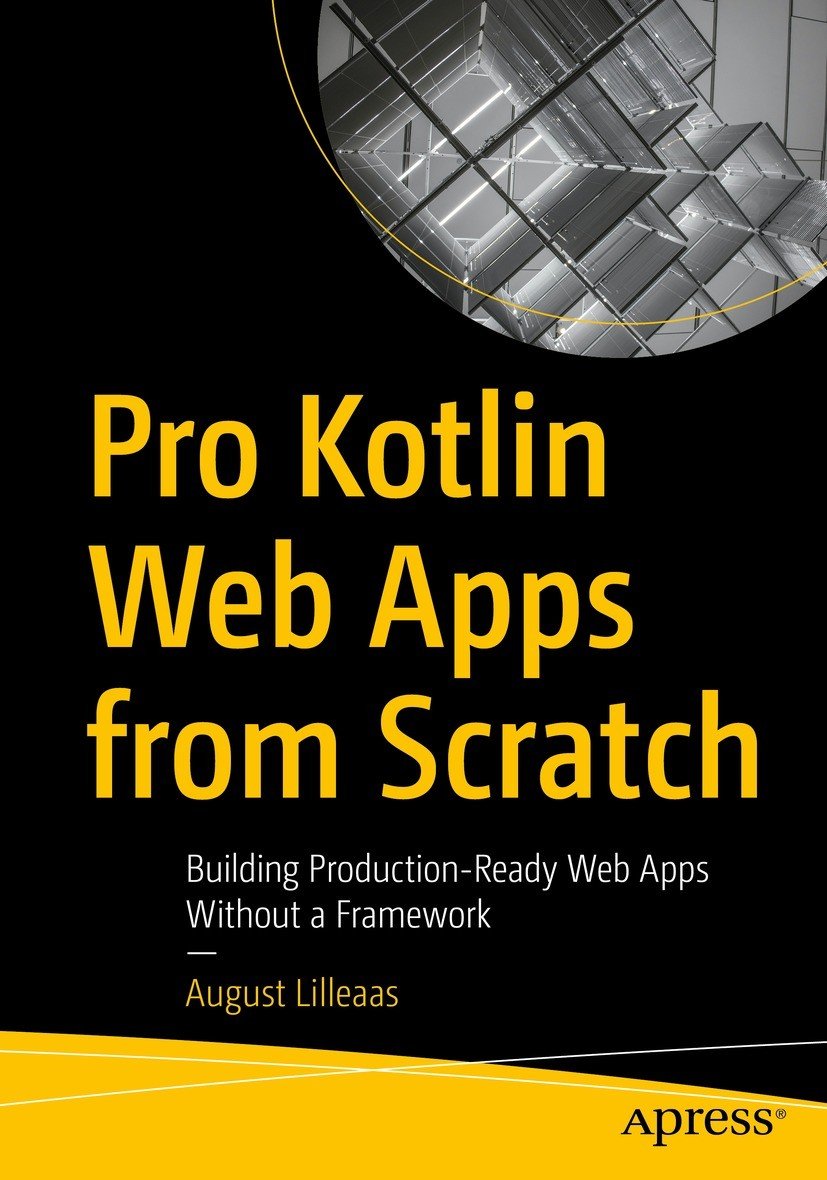Description
«Pro Kotlin Web Apps from Scratch: Building Production-Ready Web Apps Without a Framework» authored by August Lilleaas is an indispensable resource for developers seeking to harness the full potential of Kotlin in web application development, without relying on conventional frameworks.
In this comprehensive guide, Lilleaas takes readers on a journey through the process of building robust and scalable web applications entirely from scratch, leveraging the power and flexibility of Kotlin. By eschewing traditional frameworks, developers gain a deeper understanding of the underlying mechanisms of web development while maximizing the performance and efficiency of their applications.
The book covers a wide array of topics essential for building production-ready web apps, including routing, templating, database interaction, authentication, security, and deployment strategies. Lilleaas provides clear explanations, practical examples, and best practices, ensuring that readers are equipped with the knowledge and skills needed to tackle real-world development challenges.
Throughout the book, Lilleaas emphasizes the importance of writing clean, maintainable code and adopts a pragmatic approach to development, prioritizing simplicity and efficiency without sacrificing functionality or performance. By the end of the book, readers will have a comprehensive understanding of Kotlin’s capabilities in web development and the confidence to build sophisticated, production-ready web applications from scratch.
Whether you’re a seasoned developer looking to expand your toolkit or a newcomer eager to explore the world of web development with Kotlin, «Pro Kotlin Web Apps from Scratch» is an invaluable resource that empowers developers to unleash the full potential of Kotlin in building modern, high-performance web applications.








Reviews
There are no reviews yet.